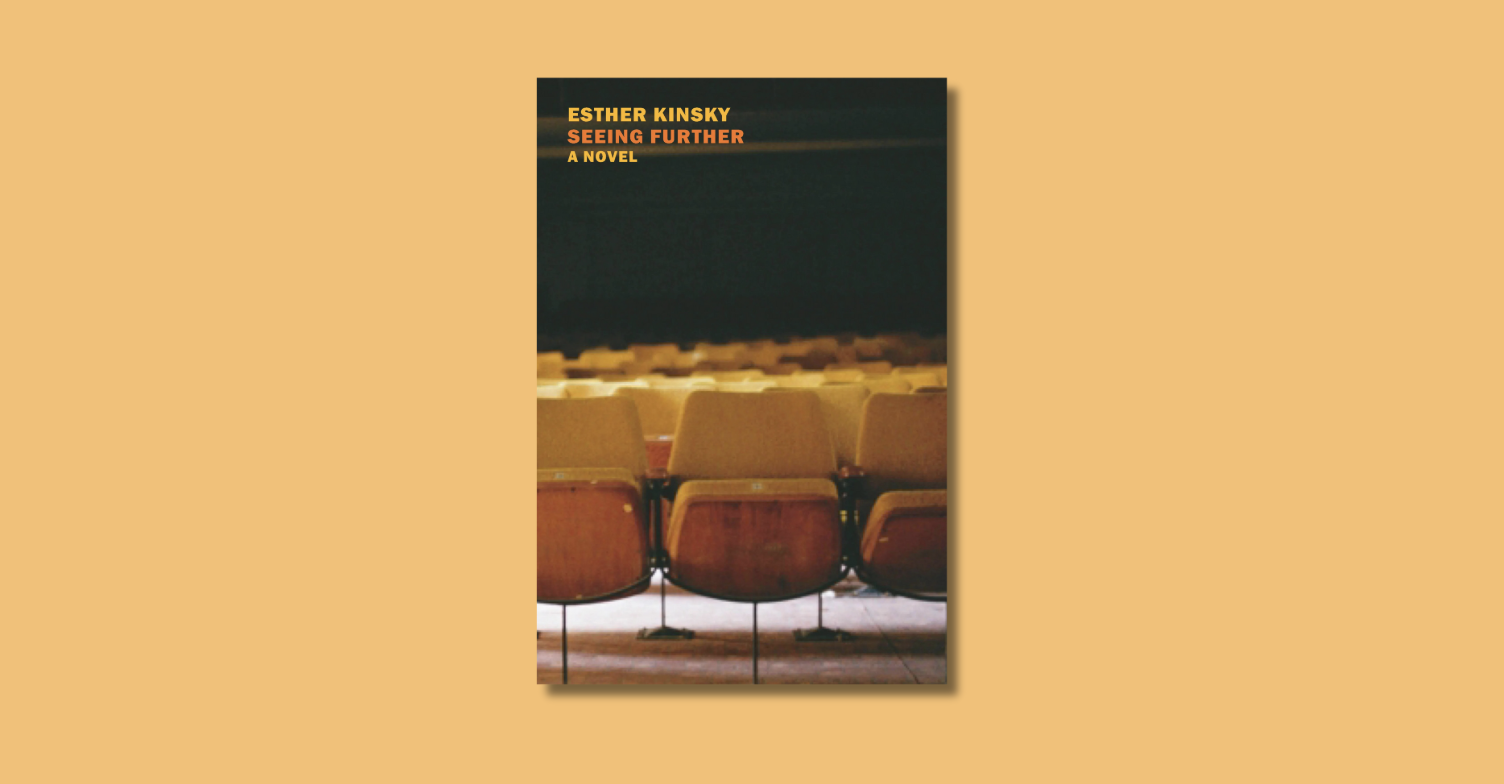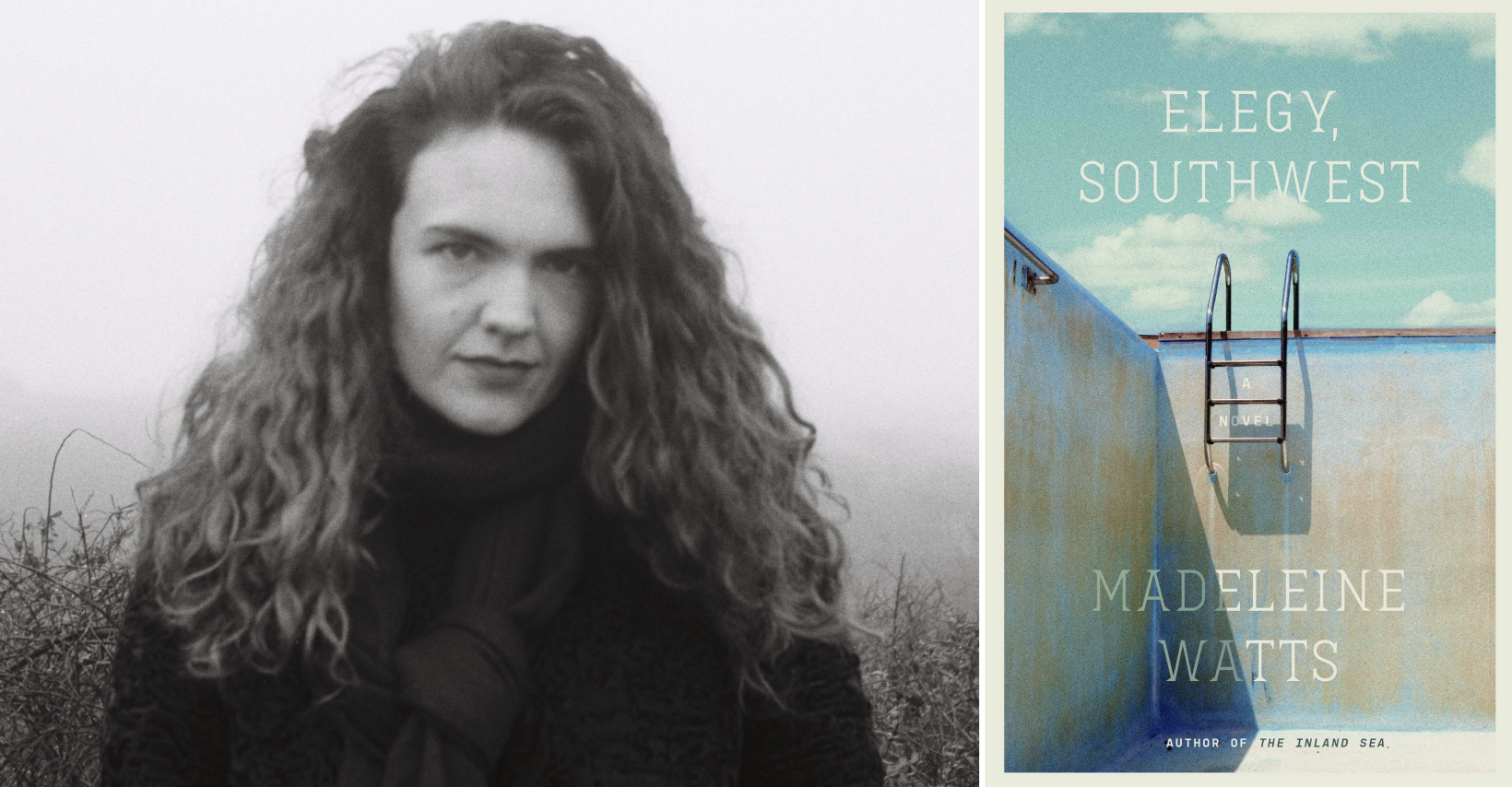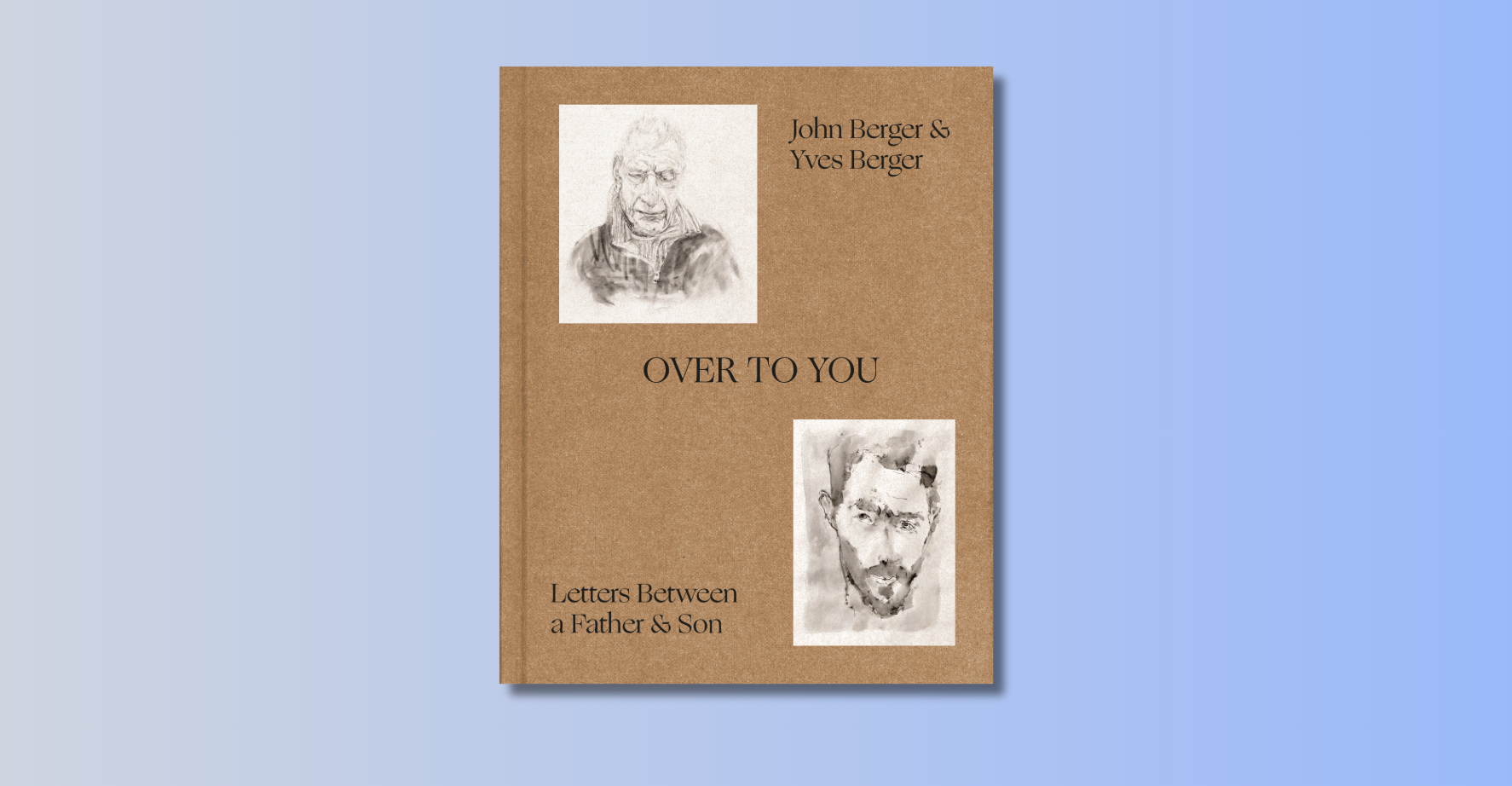
We kept finding my mother’s jewelry all over the house. Before she died and for a long time after, things turned up in unexpected places: her pearls in the washing machine. A strand of coral in the freezer. Rings squirreled inside the palm of a leather glove. Some things never turned up. They probably never will.
Like her jewelry, my mother disappeared a little at a time.
She lost words, searching for what she needed in a sentence, her chin tilted up, as if they were small, elusive birds, visible but just out of her reach.
She’d always over-explained when telling a story, taking the long way, wandering off on tangents – I used to say she needed an editor. But later, she got lost inside her stories. They became mazes she couldn’t find her way out of, even with assistance. When she paused, chin tipped up, trying to catch one of the little darting birds, we made offerings – Pin? we said. House? Father?
She lost the ability to read, to communicate what she was reading. Eventually she just sat in the rocking chair in the living room where she’d sat every day with the paper, reading, then pretending to read, then pointing to the colorful ads in the circulars.
She’d loved flowers, loved to garden, the niece of a horticulturist. In her final spring, I went out to their yard and cut every flower in bloom. I put them in a vase and brought them to her but she didn’t know what to do with them. She’d forgotten how to inhale.
The losses – of self, of words, of her jewelry – were disturbing to my father, so it was a surprise that, within weeks of my mother’s death, he wanted her clothes out of the house. Everything, gone.
Getting rid of the clothing of someone who has died is almost a cliché, heavily metaphorical however you look at it. If the clothes stay too long in their closets it’s a symbol of a maudlin connection: the disembodied garments of the person other people can’t let go of. If they go, it’s not just the objects being jettisoned.
I think what my father wanted was to not be in pain. He thought if he purged the house quickly, he’d feel better. He wanted to expunge her, to empty the closets and move his things into them, to make himself more at home. So he asked me to get rid of everything.
My mother loved clothes, I knew that. When I was young she shopped as recreation. She had a dressmaker who made her silk dresses and jackets, copies of couture. But I was unprepared for the sheer number of things she owned. Four closets on the second floor – two with doubled rods – crammed with her things, and there was more in the coat closet and in the laundry room and in the basement. It was oppressive and hard to breathe in the face of all of it – so much wool and gabardine. Silk and cashmere. Purses and shoes and gloves infused with her perfume, Miss Dior.
My mother was what used to be called a lady when that was a compliment and a description. At one time, she wore dresses with full skirts and tight bodices. Pencil skirts. She had high heels in neutral colored leathers and purses to match. Hats and gloves and handkerchiefs with rolled edges in bright floral prints. The handkerchiefs lived in her top drawer with scarves and clutch bags and jewelry, empty bottles of Miss Dior tucked underneath, faintly scenting everything. When I was a girl, if you put your hand in the pocket of her red corduroy bathrobe or any of her coats, you were likely to find a handkerchief.
But the handkerchiefs were missing.
I was using the guest room to sort the clothes, figuring I’d make neat piles on the queen-sized bed, but the bed quickly overflowed, the piles toppled, the clothes were all over the floor, the two chairs in the room, the fold-out sofa in my mother’s study across the hall, the chair there.
Don’t you find this hard to do? one of my sisters asked me – and I did, though not in the way she meant. It was hard physical work and it was summer. No air conditioning. A pestilence of moths. But it wasn’t melancholy because it didn’t spur memory or nostalgia. There wasn’t anything I recognized here. Or anything I wanted.
The clothes I was sorting all came from the 80s – suits with no collars or lapels and linebacker shoulders. Silk shirts. Cotton skirt-and-top outfits – often the same item in more than one color. I used to tell her when she showed up everywhere in the late 90s wearing those 80s suits that she couldn’t wear them. That she should at least have the shoulder pads removed. But she never did.
She forgot that she cared how she looked.
She forgot how she felt about me.
In the two years or so before she stopped knowing who anyone was, my mother’s animosity towards me disappeared. She forgot she didn’t listen to show tunes. She forgot where her everyday dishes were kept. She forgot she didn’t like me.
It was hard to find a place that wanted the clothes and that would pick them up – 27 huge black plastic bags filled with those dowdy suits from the 80s. My father wanted to take them as a tax deduction – They’re good, he said. Someone can use them – but they seemed to me less a donation than a burden. Who would ever wear them? Who would be grateful?
The things I might have wanted were the things that weren’t there. A dress of white cotton printed with black bicycles. A black suit with three-quarter sleeves and big buttons. A silver pin in the shape of a flamenco dancer. Another of two marcasite greyhounds. The handkerchiefs.
I thought one of my sisters might have taken them; it’s something this sister would do. Whatever made her nostalgic for her childhood, she claimed. Egg cups printed with chickens. Some orange chairs. Children’s books. She’d taken things before, it made sense she’d take the handkerchiefs.
But then, there they were. After the closets I emptied the dressers, five of them, stuffed with Bill Cosby-style sweaters and with night clothes; with lingerie and random unmatched socks. There were scarves. More jewelry. The handkerchiefs. My mother had put them away – either because they were old-fashioned and she didn’t use them anymore, or because she thought they were valuable and, like her jewelry, needed hiding. I don’t know. But once they were found, I found I didn’t want them.
The fact is, documentation of lived events – whether in the form of objects or photographs – makes me sad. A photo is a reminder of a moment time has left. We disappear from those moments, speed away from them, just as my mother had fled her former self. Aren’t we all, always that – a series of former selves, hurtling forward? For my mother, the most recent self was just the last.
At my father’s request, I took all the jewelry that turned up and stored it. When the time is right, when my sisters and I are all in the same place at the same time, we’ll divvy it up – four daughters, six grandchildren, two siblings still living.
The handkerchiefs remain on top of the dresser where I left them. It turns out I couldn’t bear to take them home.
Image courtesy of {Charlotte.Morrall}/Flickr








